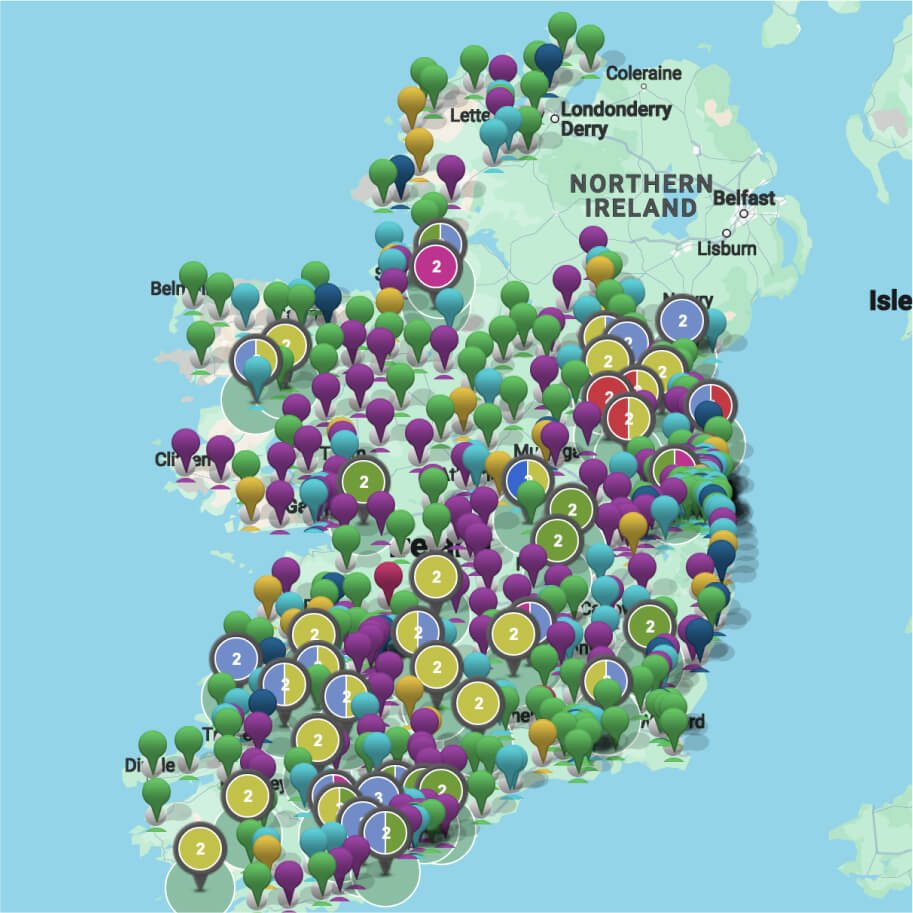Which type of renewable connection do you need?
Micro-generation
For connections at LV, rated up to and including 25A (~6kW) at low voltage [230 volts] for single-phase connections or 16A (~11kW) at low voltage [230/400 volt] for three-phase connections.
Mini-generation
For connections with an installed generation capacity between 25A (~6kVA) and 72A (~17kVA) for single-phase connections and between 16A (~11kVA) and 72A (~50kVA) for three-phase connections.
Small scale generation
For inverter-connected installed capacity greater than Mini-Generation (17kVA Single Phase/50kVA Three Phase) and up to 200kVA or for synchronous installed capacity greater than micro-generation thresholds and up to 200kVA.
Large scale generation
Onshore large scale generation applications greater than 200kVA (including community-led projects) are processed through the Electricity Connection Policy – Generation and System Services (ECP-GSS) process.
Parallel (non-exporting generators)
Non-exporting generators, operate in parallel with the electricity distribution system. Such generators cannot be used to supply or sell electricity via the national grid.
Standby generators
Standby generators are used by businesses that require emergency generation. They cannot be used to export or sell electricity onto the electricity network. In addition, they cannot operate in parallel with the electricity network.
Application information and tools
The ECP process for grid connection applications is the current pathway for generators, storage, and other system services technology projects to connect to the electricity system. Find useful information and digital tools to guide you through the ECP-2 process.
Learn more about the application processIt is your responsibility
To ensure that a generator is installed by a registered electrical contractor to Safe Electric standards, and that it complies with all governing regulations.

Generator availability capacity heatmap
- ESB Networks have developed an interactive availability capacity heatmap which contains capacity information on all our 3-phase LV, MV and HV DSO substations.
- The availability capacity heatmap provides an interface that enables the easy identification of potential transformer capacity in the vicinity of your site.
Generator statistics
- Connections made
Statistical information on all generators currently connected or contracted for connection to the distribution system may be found in our connected and contracted generators section. - Performance monitoring
A document, called Windfarm Performance Monitoring Process outlines the process that is adopted by EirGrid and ESB in monitoring the performance of Wind Farm Power Stations (WFPS) in terms of the categorisation of controllability assigned following regulatory decision SEM-062-11 for priority dispatch. The document Windfarm Performance Monitoring Process is available for download here (PDF | 547 KB).
